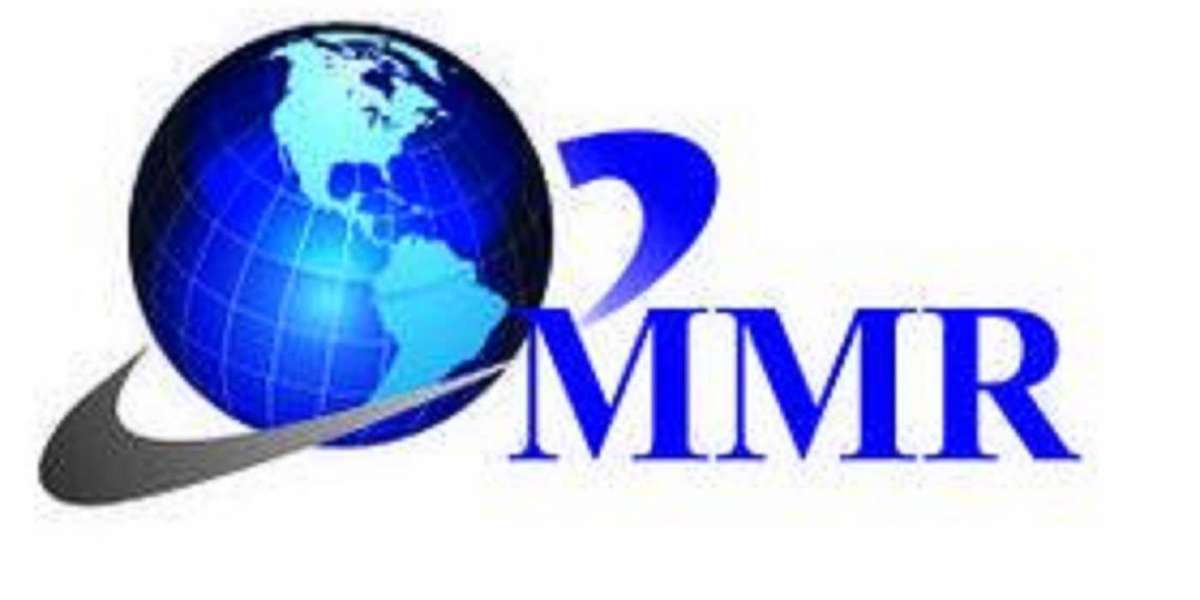Reform of Vocational Training: the Main Measures
What training methods for employees?
Employees can train in three settings:
At the initiative of the employer, possibly as part of a skills development plan.
At the initiative of the employee, who can mobilize his CPF, to carry out a professional transition project, carry out a skills assessment, use VAE. It can also be trained on its own funds within the framework of a professional training contract.
Within the framework of work- study contracts, with professionalization contracts and apprenticeship contracts.
In all cases, employees can take part or all of their training during their working time. Compulsory training is considered as effective working time and is remunerated as such. The employee's agreement is essential and must be formalized in writing.
What are the obligations for employers?
According to article L. 6321-1 of the Labor Code, the employer must organize the training of his employees in the following cases:
Throughout the execution of employment contracts: the employer has the obligation to ensure that employees adapt to their workstation. It must also ensure that they maintain their capacity to hold a job, and are trained in the evolution of jobs, technologies and organizations. When jobs are cut, the employer has the obligation to reclassify employees and ensure that they adapt to their new job, through adequate and sufficient training.
Following a work-study contract: the organization of the training is binding on the employer, who must let the employee follow the planned training actions
When an agreement or collective agreement applicable to the company provides for compulsory training periods (after a transfer, long-term leave, etc.)
If the employment contract of an employee contains the employer's commitment to train him.
The employer's obligation in terms of training is accompanied in these cases by the employee's obligation to follow the training.
In addition, companies have the obligation to contribute to the financing of vocational training and apprenticeship, through a financial contribution that has become unique, calculated on their payroll. It is paid to specialized bodies: skill operators organized by branches of activity. From 2022, this contribution will be paid to Urssaf.
These funds cover the costs of training VSE employees (less than 50 employees) and the costs of work-study training (professionalization and apprenticeship).
Quality control of training organizations
Any professional training organization must have a registration number assigned by the administration. In addition, the quality of training organizations must be ensured. OPCAs can verify that training is of sufficient quality and fulfills its role. In addition, on January 1, 2022, all training organizations wishing their training services to be eligible for payment from public or pooled funds (with the exception of higher education establishments) will have to obtain Qualiopi quality certification . Certification bodies must be accredited by the French Accreditation Committee or by France Compétences.
Training organizations must meet seven criteria to be Qualiopi certified:
Public information on services, conditions and results
Identification of objectives and adaptation to the needs of beneficiaries
Adaptation to the beneficiaries of the support
Adequacy of resources to services
Qualification and development of skills and knowledge of staff
Investment in his professional environment
Collection and consideration of comments from stakeholders.







